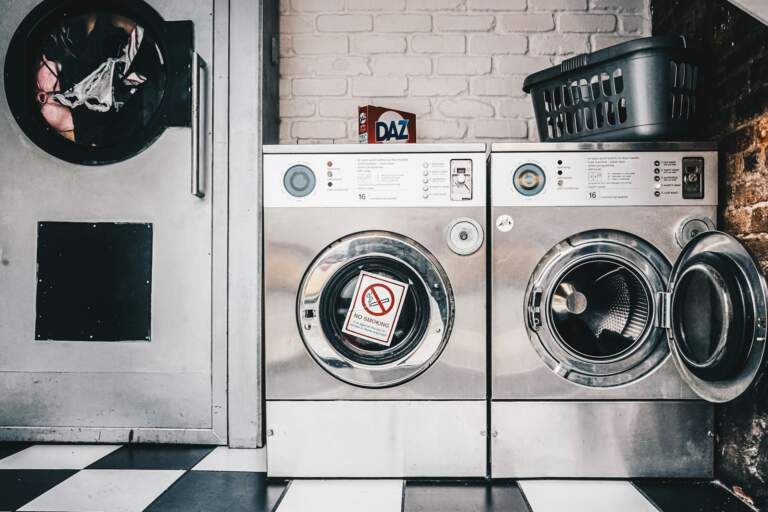The rapid advancement of technology has revolutionized multiple fields, with image restoration being one of the most impacted areas.
Recovering and enhancing old, damaged, or low-resolution photos has traditionally been a time-consuming and manual task.
Thanks to machine learning and AI tools, these processes are now not only more efficient but incredibly precise compared to traditional methods. This blog explores how cutting-edge machine-learning techniques are enhancing image restoration processes.
From improving algorithms to delivering unparalleled photo recovery results, the tech applications span industries including photography, film preservation, and even medicine.
The Basics of Image Restoration
Image restoration refers to the process of improving the quality and recovering details from old, damaged, or degraded images.
Whether it’s a family photo faded by age or a critical satellite image lacking clarity, restoration plays a vital role in recreating an accurate and enhanced version of the original.
Key Challenges in Restoration
- Loss of Information
Some images may be too degraded, with significant parts missing, making it hard to reconstruct accurately.
- Visual Noise
Grain, scratches, or unwanted artifacts require specialized tools to eliminate without losing quality.
- Subjectivity
Restored images may depend on a human interpretation, leading to inconsistent results among different image editors.
Machine Learning Transforms Traditional Restoration
While traditional restoration relied heavily on manual techniques and generic software, machine learning has changed this landscape entirely.
How Does Machine Learning Work in Restoration?
Machine learning integrates robust algorithms capable of identifying patterns and learning from data. Tools powered by AI can analyze millions of images to “learn” the characteristics of a clean, well-preserved photo.
When applied to damaged images, the system uses this acquired knowledge to predict and fill in missing elements, reduce noise, and enhance clarity.
For example, convolutional neural networks (CNNs) are frequently used for image-related tasks thanks to their ability to process visual data in layers, providing incredibly detailed output.
Real-World Applications
The application of machine learning in image restoration spans far beyond personal photo recovery.
1. Photography Enhancements
Photographers can now recover vintage photographs, sharpen blurry images, and remove unwanted artifacts faster than ever before, all while maintaining exceptional quality.
2. Film Preservation
Restoring frames from historic movies or archival footage is essential for maintaining cultural heritage. AI tools can enhance and colorize ancient films, bringing old stories back to life.
3. Medical Imaging
Machine learning-powered restoration also excels in fields like radiology and imaging diagnostics. Restoring clarity in medical scans like MRIs helps doctors make more accurate diagnoses.
The Role of AI Tools in Achieving Precision
AI tools are at the center of image restoration’s unprecedented growth.
Why Are AI Tools Crucial?
- Speed: Tasks that once took hours to complete manually are now performed almost instantly.
- Consistency: Machine-learning algorithms provide standardized output, eliminating human error.
- Customization: Tools can analyze specific needs, such as detecting object types or applying various artistic touches per request.
For instance, NVIDIA’s Image Restoration AI solution has demonstrated groundbreaking progress in eliminating noise and reconstructing lost details in scientific imagery.
Future of Photo Recovery
Photo recovery using machine learning is setting the stage for future advancements.
Emerging Trends
- 3D Reconstruction
AI can now work with damaged 2D images to create accurate 3D reconstructions, used extensively in gaming, architecture, and medical fields.
- Self-Learning Models
Advanced models can improve themselves over time, learning from mistakes and delivering higher-quality restoration results with each update.
Potential Challenges
While tools are incredibly powerful, legal and ethical considerations around authenticity and misuse (e.g., creating fake content) emerge as pressing hurdles. Transparency in how AI is applied remains essential.
Simple Steps to Optimize Tech-Driven Restorations
If you’re aiming to utilize machine learning for image restoration, start with the following steps:
- Choose the Right Tool
Research tools designed for specific needs, such as enhancing resolutions or reducing noise.
- Test Outputs
Experiment using different machine learning models to identify one best suited for your needs.
- Optimize Parameters
Many tools allow options to adjust processing parameters, helping improve restoration results gradually.
- Evaluate Multiple Models
Using an ensemble strategy, combine strengths of various techniques for better results.
Why Machine Learning Is a Game-Changer?
The combination of speed, accuracy, and scalability makes machine learning an indispensable feature in today’s restoration processes.
Whether you’re a hobbyist looking to breathe new life into an old album or a professional working with high-scale projects, the flexibility offered by machine learning-powered solutions is unparalleled.
Where to Go from Here?
Are you inspired to explore and integrate image restoration technology powered by AI solutions? The tech is evolving fast, and breakthroughs continue to set benchmarks.
With the right tools and expertise, restoring images to stunning detail is well within anyone’s reach.










